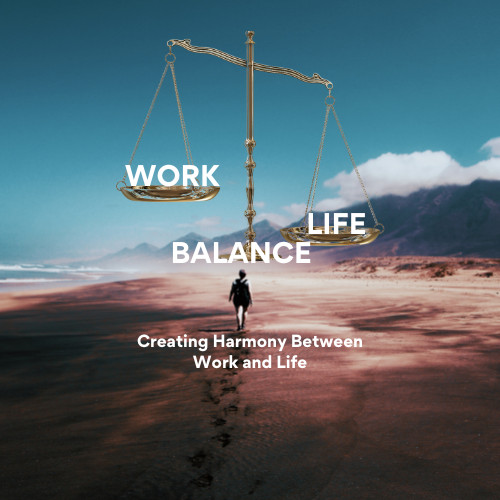
The start of 2025 has brought a wave of uncertainty for many workers, with headlines dominated by news of layoffs across major industries. From tech giants scaling back after years of rapid growth to traditional sectors reassessing their workforce needs, the job market feels more unpredictable than ever. For those affected, the question isn’t just, “What’s next?” but, “How do I rebuild?” For others, even those still employed, the anxiety of “Will I be next?” lingers in the background.
Compounding that anxiety is the fact that the way we work—and live—is changing faster than ever. The traditional 9-to-5 grind is being reimagined, with companies experimenting with new workplace models like hybrid work schedules, return-to-office mandates, and the buzzworthy four-day workweek. While these shifts offer exciting possibilities, they can also leave many of us feeling uncertain. How do you know which setup is right for you?
This climate has forced many of us to reimagine what work means in our lives. It’s not just about finding a paycheck but creating a balance that supports both professional goals and personal well-being. If you’re grappling with the fallout of layoffs, reevaluating your priorities, or trying to make sense of what the future holds, you’re not alone. The landscape of work is shifting, and navigating this new reality requires courage, adaptability, and sometimes a fresh perspective on what fulfillment and stability mean for you.
For me, this question hits particularly close to home. My job has been in a precarious position for months—uncertain, unpredictable, and leaving me feeling like I’m walking a tightrope as we move into 2025. This uncertainty has pushed me to lean into my passion project: coaching. Building my practice has been a source of purpose and inspiration, but as I grow the practice, I also recognize the practicality of needing steady, full-time employment. Balancing my deeper purpose with the realities of financial stability is no easy feat, and it’s left me questioning what my next move should be. The weight of figuring out how to pursue a fulfilling life while navigating the demands of the modern workplace is one, I know many others carry as well.
Personally, I’ve learned that this tension between purpose and practicality is often where the most growth happens. Whether you’re facing similar uncertainty or trying to align your work with your values, navigating this season is about more than just making decisions—it’s about designing a life that truly works for you. Let’s explore the trends shaping our work environments and how they could fit into the life you’re building.
### 1. Corporate Return-to-Work Policies
Many companies are pushing for a return to the office, citing reasons such as improved collaboration, innovation, and team cohesion. For instance, Amazon’s recent mandate requiring employees to spend at least three days a week in the office sparked widespread debate. Advocates for in-person work believe it fosters a stronger company culture, better problem-solving, and enhanced creativity.
**How Employees Are Reacting:**
Employees are responding with a mix of emotions:
**Positive Reactions:**
Some workers welcome the structure and clear boundaries between work and home life. For those who struggled with remote isolation, the return to office has been a relief.
**Negative Reactions:**
**Negative Reactions:**
Others feel their newfound flexibility is being stripped away. Long commutes, increased expenses, and the loss of control over their schedules have left many feeling frustrated.
“Could This Be You?”
“Could This Be You?”
Picture this: you’re back in the office, sipping coffee as the morning sunlight streams through the windows, engaging in lively brainstorming sessions with colleagues. For some, this environment sparks creativity and connection. But for others, it may feel like a step backward—commutes, distractions, and a loss of autonomy. Which version resonates with you? Understanding your energy and focus needs can help you determine whether returning to the office fuels your growth or drains your potential.
### 2. Hybrid Work Models
Hybrid work is a middle ground that has gained immense popularity. This model allows employees to split their time between working remotely and being in the office. Companies like Google and Microsoft have embraced hybrid schedules, offering employees the flexibility to choose when and how they work best.
**Why Employees Love It:**
- It provides autonomy and the ability to manage personal responsibilities alongside professional demands.
- It creates opportunities for focused, uninterrupted work at home, balanced with collaborative sessions in the office.
**Challenges Employees Face:**
- Scheduling conflicts may arise when employees are expected to be in the office simultaneously.
- Some report difficulty setting boundaries between work and personal life when working from home part-time.
“Your Day, Your Way”
Imagine starting your week with two quiet, focused work-from-home days, free from the buzz of office chatter. Then midweek, you’re collaborating in person, exchanging ideas with teammates and feeling re-energized by face-to-face interactions. Hybrid work offers this blend of flexibility and connection, but it also requires a keen sense of balance. Does this mix excite you, or does the shift between home and office feel more like a juggling act? Think about how you thrive in both environments to find your sweet spot.
### 3. The Four-Day Workweek
The four-day workweek has moved from a fringe idea to a viable option for businesses worldwide. By maintaining the same level of pay and workload but reducing working hours, this model aims to increase productivity while improving employee well-being.
**Results from the UK Trial:**
- Over 90% of companies participating reported plans to keep the schedule long-term.
- Employees cited less stress, better health, and more time for personal growth.
**Challenges with Implementation:**
- It requires a cultural shift to focus on efficiency and outcome-based performance rather than hours worked.
- In some roles, such as customer service or healthcare, reduced hours may be harder to implement.
“Picture the Possibilities”
Picture your workweek condensed into four powerful days. You’re laser-focused, cutting unnecessary meetings, and still accomplishing everything you need to. Then, on that glorious fifth day, you’re hiking a trail, pursuing a hobby, or simply savoring a slower morning. For many, this is the dream: more time for life without sacrificing productivity. But could this faster pace create its own set of challenges for you? Consider what excites you about reclaiming your time—and how you’d handle the demands of compressing your workload.
### 5 Practical Tips for Choosing the Right Work Environment for Your Life
Selecting the best work model isn’t just about productivity—it’s about aligning with your life circumstances, goals, and values. Here’s how to decide:
1. **Define Your Non-Negotiables**
- Ask yourself: What do I value most in my work-life balance right now? Is it flexibility, collaboration, or structure?
- Example: A parent may prioritize remote work to manage family responsibilities, while someone early in their career might value in-office mentorship opportunities.
2. **Understand Your Work Style**
- Are you more productive in a quiet environment at home, or do you thrive in the energy of an office?
- Tip: Track your productivity over a week in different settings to identify patterns.
3. **Assess Your Current Life Stage**
- Your ideal work environment may change over time. A hybrid model might suit you now, but as your responsibilities shift, a full return to office or a four-day week might better align.
- Example: A single professional might embrace hybrid flexibility, while someone nearing retirement may opt for shorter workweeks.
4. **Communicate with Your Employer**
- Open a dialogue with your manager or HR team to explore options. Many companies are willing to accommodate personalized arrangements if it benefits productivity.
- Pro Tip: Frame your request in terms of how it benefits both you and the organization.
5. **Experiment and Adapt**
- Test different models when possible. If your company offers a hybrid schedule, try varying the days you work remotely. Similarly, pilot a four-day week if your organization allows it.
- Example: Use tools like time tracking apps to measure productivity and satisfaction during each model.
### Final Thoughts
Navigating the ever-changing workplace landscape can feel overwhelming. Maybe you’re unsure if your current work setup is helping or hindering your growth. Perhaps you’re stuck in a routine that feels more like survival than thriving. Or maybe you’re constantly questioning whether your work truly aligns with the life you want to live. These uncertainties don’t have to be your norm.
At PR4LIFE, we specialize in helping individuals like you turn confusion into clarity and hesitation into action. Check out our Work-Life Balance Guide free for a limited time and imagine what life could look like if your work environment supported your goals, values, and aspirations.
At PR4LIFE, we specialize in helping individuals like you turn confusion into clarity and hesitation into action. Check out our Work-Life Balance Guide free for a limited time and imagine what life could look like if your work environment supported your goals, values, and aspirations.
Don’t wait for change to happen—take control of your work-life balance today. Schedule your Discovery Call and start building the life you deserve, one intentional step at a time. Together, we can uncover what’s holding you back and craft a personalized plan to align your career and life in a way that truly works for you.




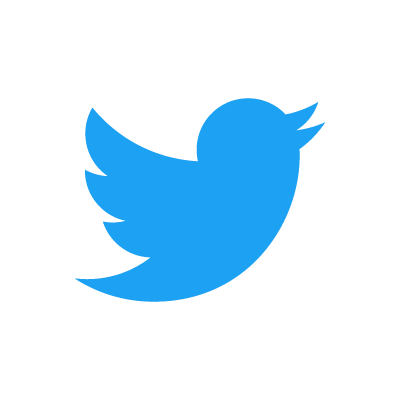








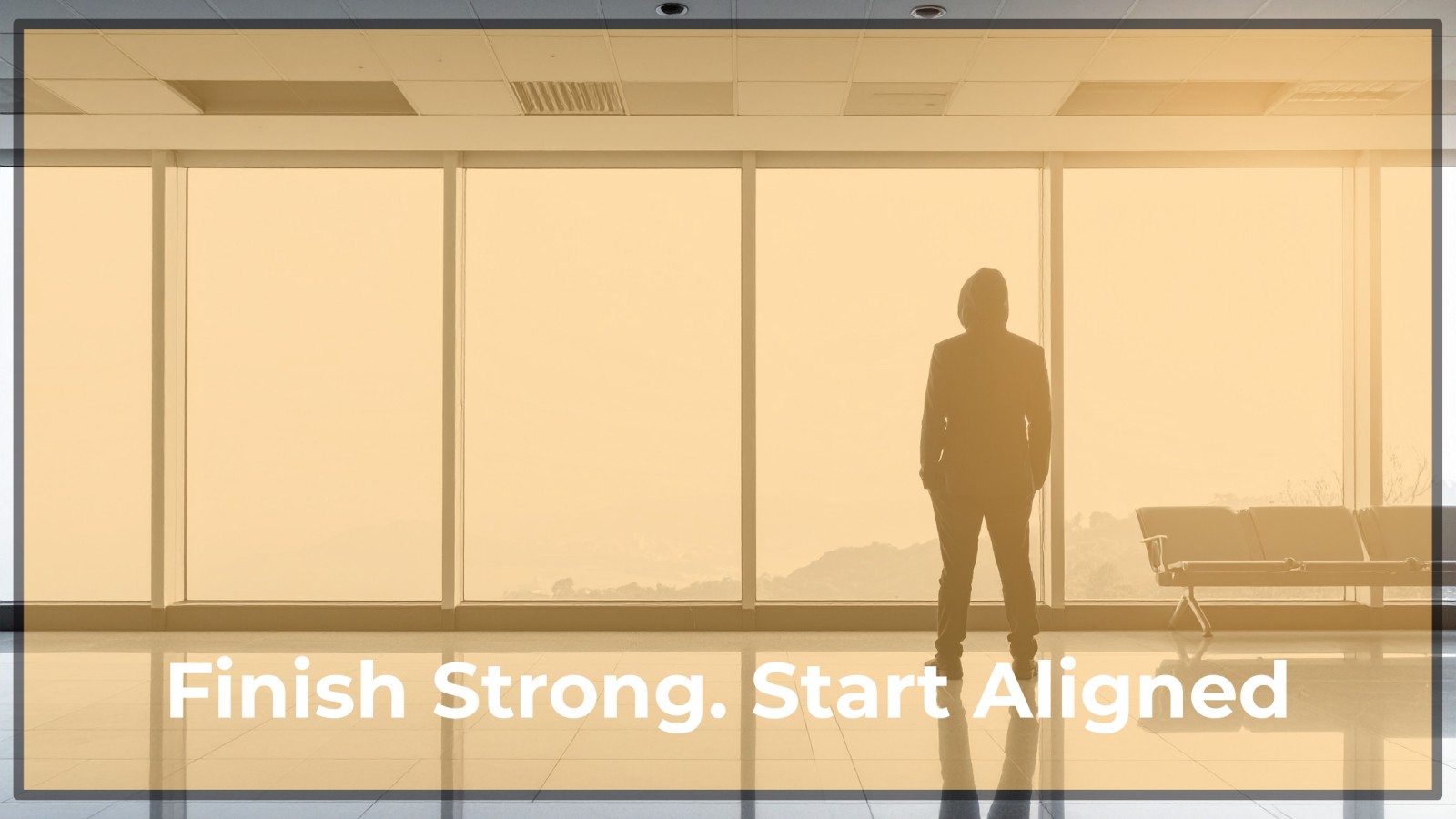


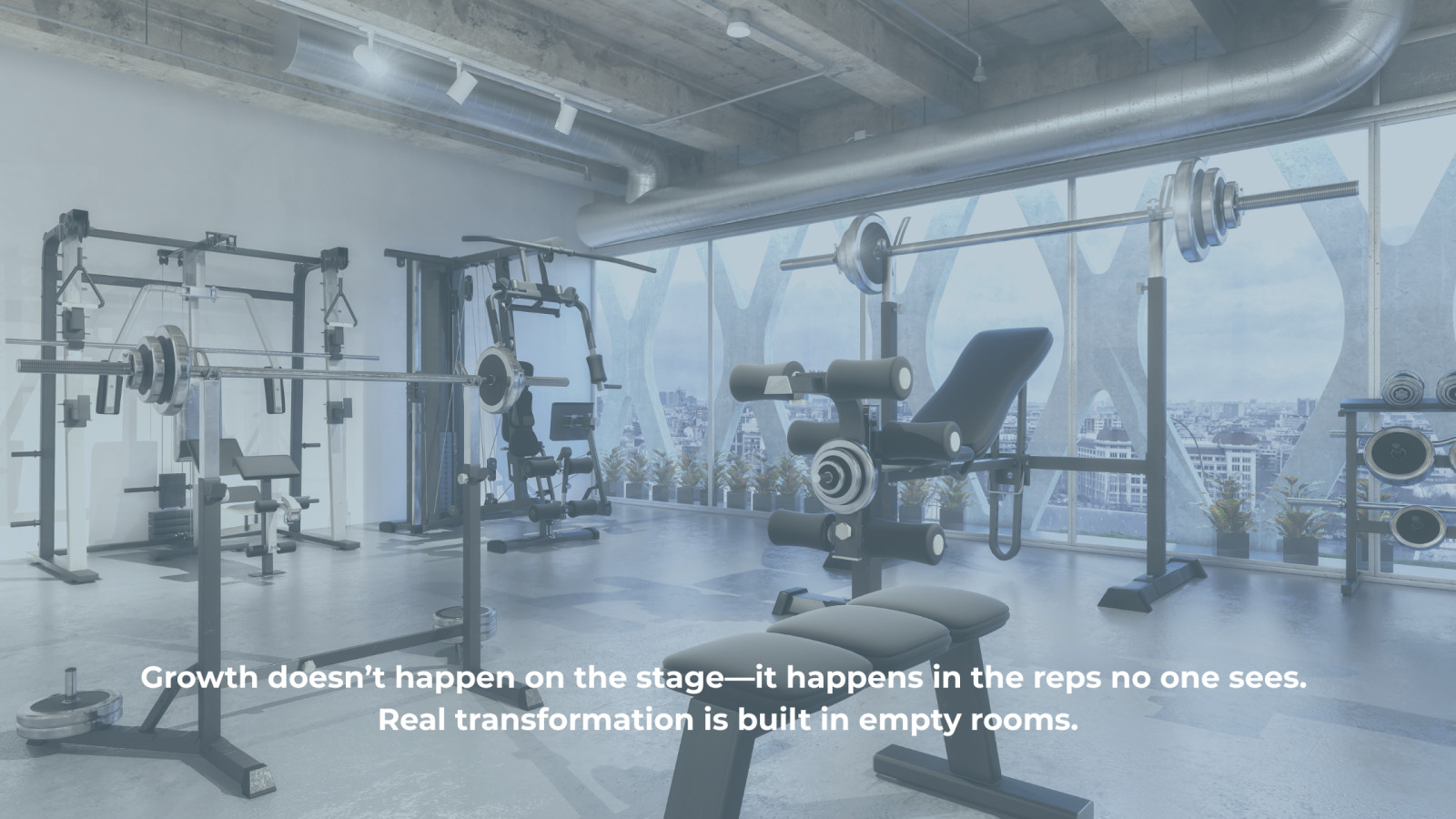
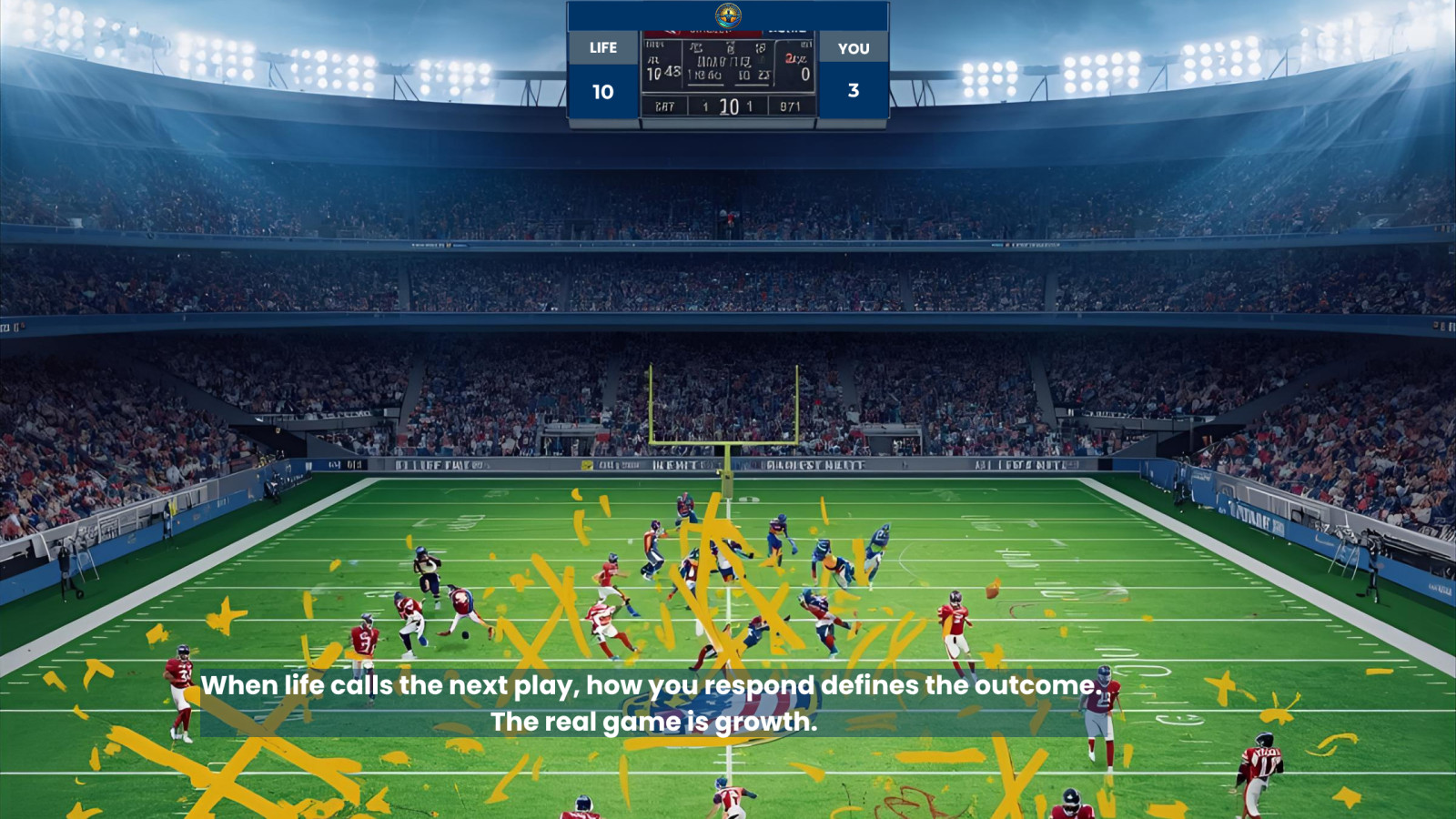
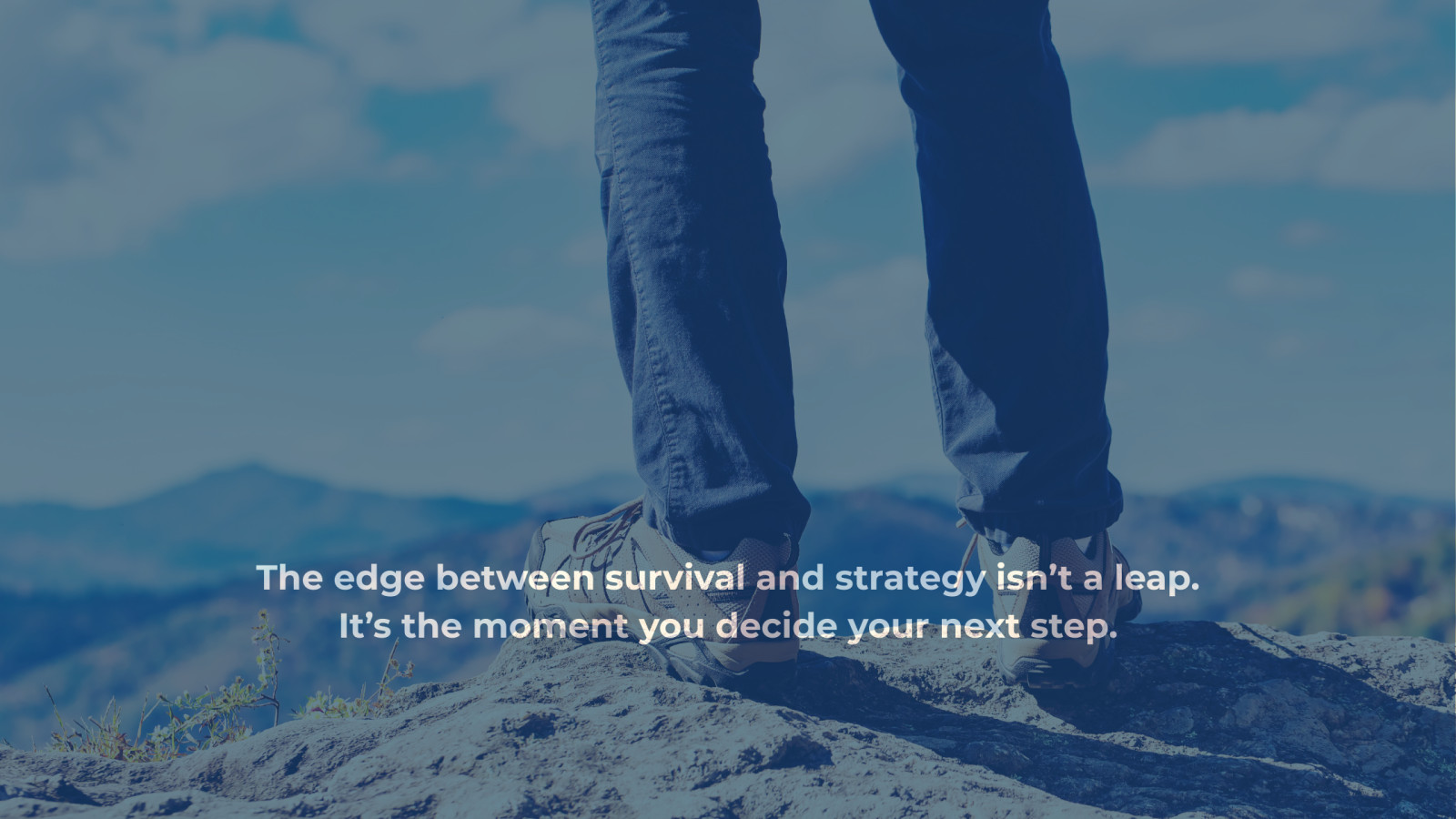



0 Comments